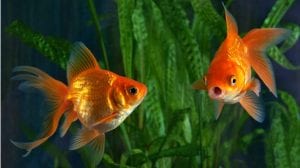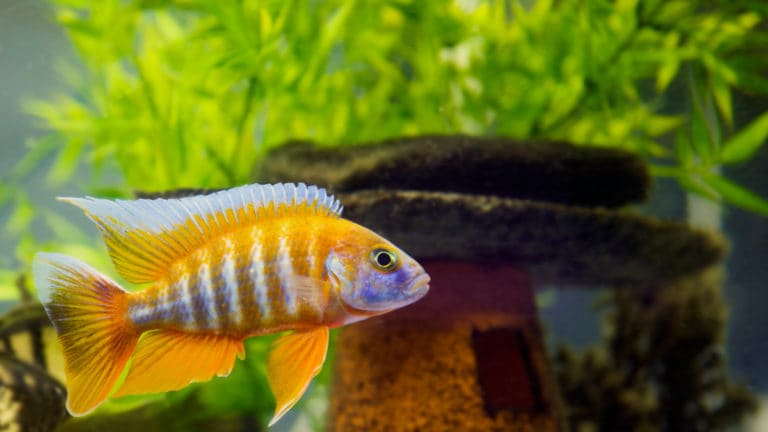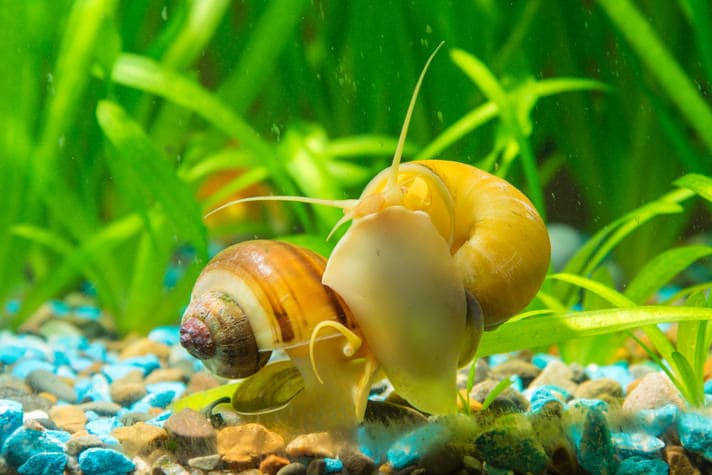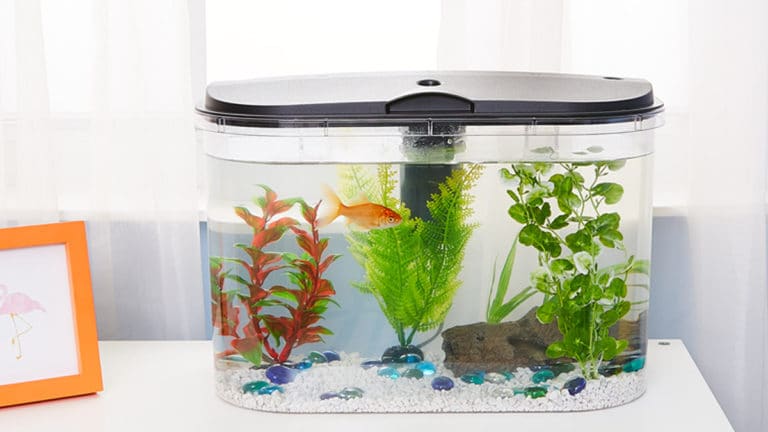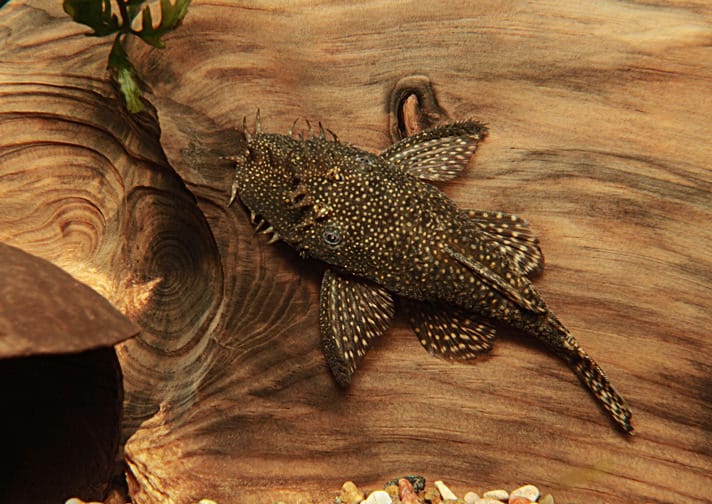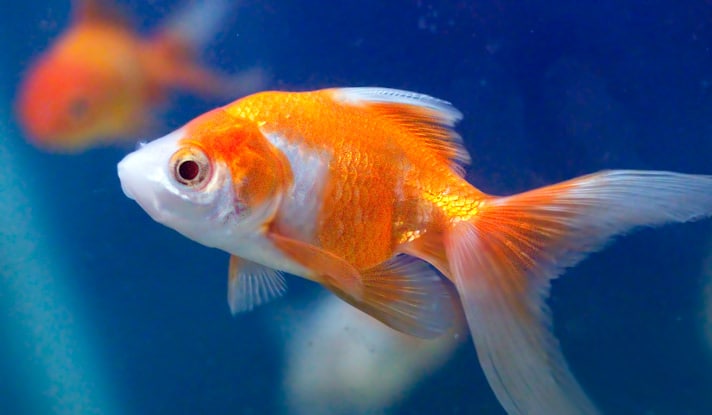Q.
I have a question about the proper temperature for fancy goldfish aquariums. I recently became involved in keeping fancy goldfish. The books I have consulted suggest ranges from 55 to 80 degrees Fahrenheit. Although my home in Texas is air-conditioned, my aquarium stays about 80 degrees because of the pump and two fluorescent tubes. I don’t want to spend the money for a chiller until I decide if this will be a long-term hobby for me. The fish appear to be okay at this temperature, but I am wondering what the ideal would be for this species in an aquarium.
A.
To put it simply, forget about the chiller. It is a waste of money and unnecessarily adds complexity to your fish aquarium setup. This, in turn, increases operation and aquarium maintenance demands and the risk of system failure. Chillers are quite expensive and are much more necessary for marine reef systems filled with expensive corals — higher temperatures can have lethal effects.
Let’s work through the issue of water temperature and fancy goldfish. Goldfish in general are very adaptable when it comes to water temperature. In truth most fish are more adaptable than hobbyists believe, but acclimatization is also a question of getting other environmental variables in order. Goldfish just happen to tolerate well a wider range of environmental changes and mixes than most tropicals.
How does water temperature affect goldfish? First, goldfish are exothermic, as are all fish. Their body temperature is determined largely by the temperature of the surrounding water. They absorb energy from the water (and to a far lesser extent, from sunlight) and they release energy back into the water. This means that goldfish are at the mercy of the water temperature to regulate critical body functions.
For example, simple functions such as locomotion are affected by water temperature. Goldfish in cool ponds move more slowly than goldfish in very warm ponds. Fancy goldfish in water that is 50 degrees Fahrenheit are almost catatonic.
Complex metabolic processes such as digestion, respiration and immune response, are directly tied to water temperature. As water temperature moves from the 50s to the 70s, the speed of digestion increases, the rate of oxygen consumption goes up, and the immune response quickens. Goldfish in aquariums kept at 75 degrees will probably eat five to 10 times more fish food per month than goldfish kept at 58 degrees.
Second, temperature directly affects other physical and chemical properties of water, which in turn affect the fish. Warmer waters hold lower concentrations of oxygen. Water at 78 degrees has oxygen concentrations about 20 percent lower than water at 58 degrees. What does this mean? Goldfish have to pump larger quantities of water through their gills to get the same amount of oxygen. But as already noted, they also need larger amounts of oxygen at higher temperatures because their metabolism is really humming. So, in a sense, there is a double burden.
As water temperature rises from 58 to 78 degrees, the toxicity of a fixed concentration of ammonia doubles. Water that might be marginally safe for goldfish could be chronically poisonous at higher temperatures.
Third, bacteria, fungi and disease- causing parasites are more numerous and active at higher water temperatures. So, pathogenic bacteria and parasites may be more of a threat at higher water temperatures even though the fish’s immune system is revved up. Conversely, nitrifying bacteria in the aquarium can detoxify more ammonia at higher temperatures and therefore possibly compensate for the ammonia’s higher toxicity.
As you can see, the advantages and disadvantages of keeping goldfish at cooler or warmer temperatures are very much a mixed bag. In nature, fish can play these tradeoffs by moving across thermal gradients in outdoor ponds and streams. They can raise their body temperatures by swimming to waters with the appropriate temperature. They can move from warmer areas to cooler areas to enjoy higher oxygen concentrations. Or they can move from cooler mid-pond areas to warmer near-shore waters to aid digestion.
In aquariums, however, water temperature is homogenous. The fish are stuck with what we provide. Therefore, it is important for the fishkeeper to consider water temperature as a key environmental variable — as you have done.
All this said, I think you have little to worry about. Goldfish, like most fish, seem more sensitive to wide and rapid temperature fluctuations. They can adapt to fairly consistent conditions — even if extreme — readily.
Given that your goldfish aquarium is operating at the upper end of the temperature tolerance range for fancy goldfish, I would recommend strong supplementary aeration. Good bubbling action will keep the water oxygenated and produce some cooling from surface agitation and evaporation. If water temperatures creep much above 85 degrees, you could try placing a small fan blowing across the open top of the aquarium. This will produce increased evaporative cooling. Make sure that no sunlight is striking the aquarium to add to the heat burden.
Posted by: Chewy Editorial
Featured Image: Melanochromis/Wikipedia
Share:
